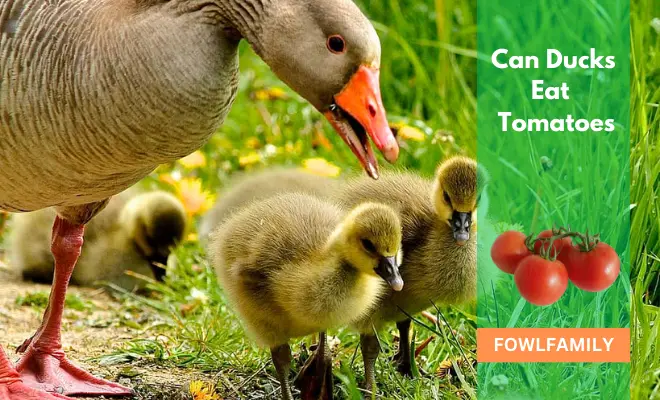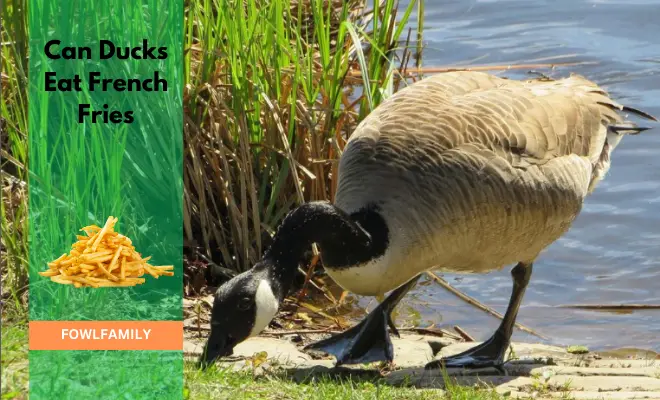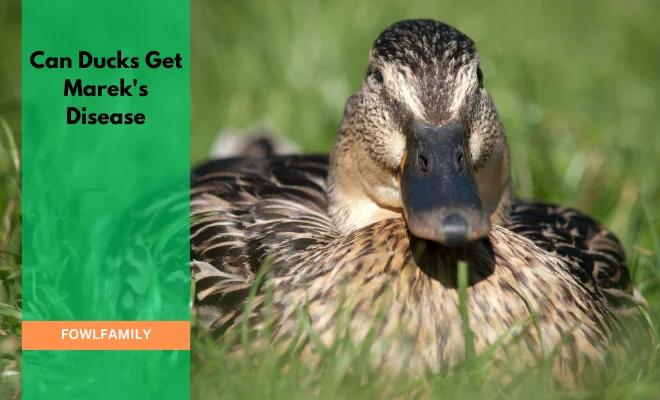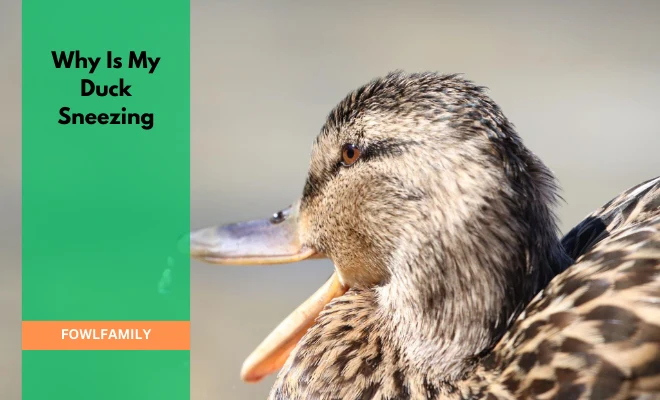
The Wood Duck Breed, also called the Carolina Duck, is a colorful bird from North America. They have bright patterns and colors, especially the males. These beautiful ducks live in wooded swamps. They make nests in tree holes or special boxes near lakes.
Wood Ducks are some of the prettiest water birds, making their homes in wetlands. Wood Duck numbers dropped a lot in the late 1800s because of hunting and losing places to nest. But people are working hard to protect them.
Curious to know more about this wild duck breed? Let’s explore the world of these stunning ducks and uncover why they’re so captivating.
Table of Contents
Wood Duck Breed – A Short Profile
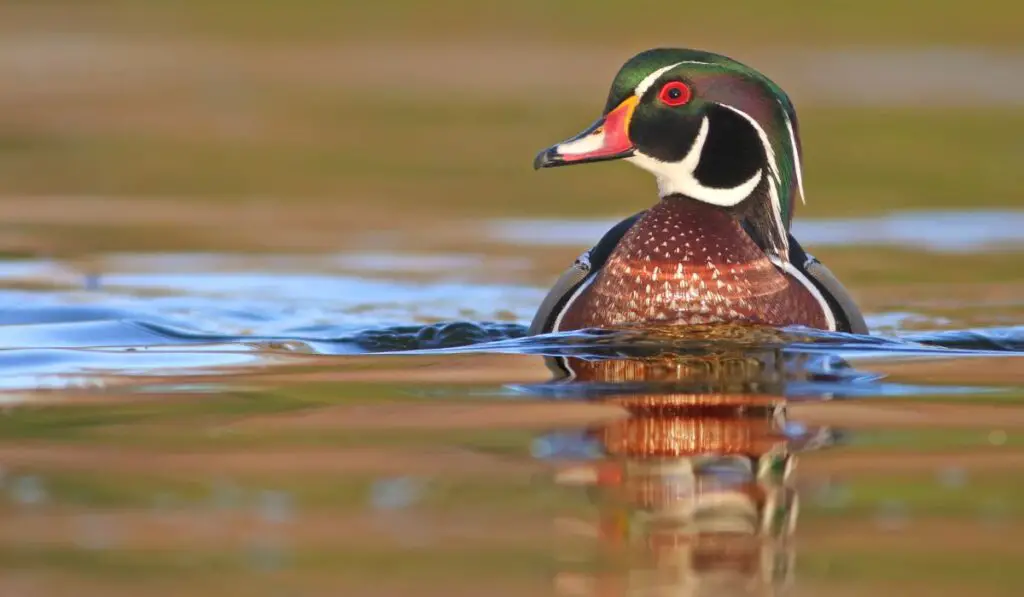
Wood Ducks are beautiful and interesting birds to observe. So, let’s have a look at their profile!
| Feature | Description |
|---|---|
| Scientific Name | Aix sponsa |
| Other Names | Tree Duck, Carolina Duck, Woodie |
| Distribution | Eastern North America, parts of Asia |
| Habitat | Wooded wetlands, swamps, beaver ponds, rivers with trees |
| Size | 17-20 inches long, 26-28 inch wingspan |
| Weight | 1-1.5 pounds |
| Diet | Omnivorous: acorns, aquatic plants, insects, invertebrates, small fish |
| Behavior | Dabbling feeders, strong fliers, good at perching and climbing trees |
| Nesting | Cavity nesters, use natural tree holes or artificial nest boxes |
| Clutch Size | 8-15 eggs |
| Migration: | Partially migratory, some populations stay year-round |
| Conservation Status | Least Concern globally, and stable populations |
| Wood Duck Lifespan | 3 to 4 years |
History And Location Of the Wood Duck Breed
The Wood Duck has a history to tell with curiosity! Let’s travel back in time and around the world to learn about them.
They Are Staying Since Long Ago
Wood Ducks have been around for millions of years. It’s with fossils showing they lived in both Eurasia and North America.
Nowadays, they mainly live in eastern North America, from Canada to Mexico. But there’s also a smaller group in parts of Asia, showing how well they can adapt.
From Forests to Gardens
For ages, Wood Ducks lived happily in quiet spots in wooded wetlands, making nests in hollow trees. But in the late 1800s, they faced trouble because people hunted them.
Luckily, things changed. People started helping by putting up special boxes for them to nest in. Now, you can see Wood Ducks not just in wild places but also in gardens and parks. Such a beautiful ornamental duck they are!
The Physical Appearance of the Wood Ducks
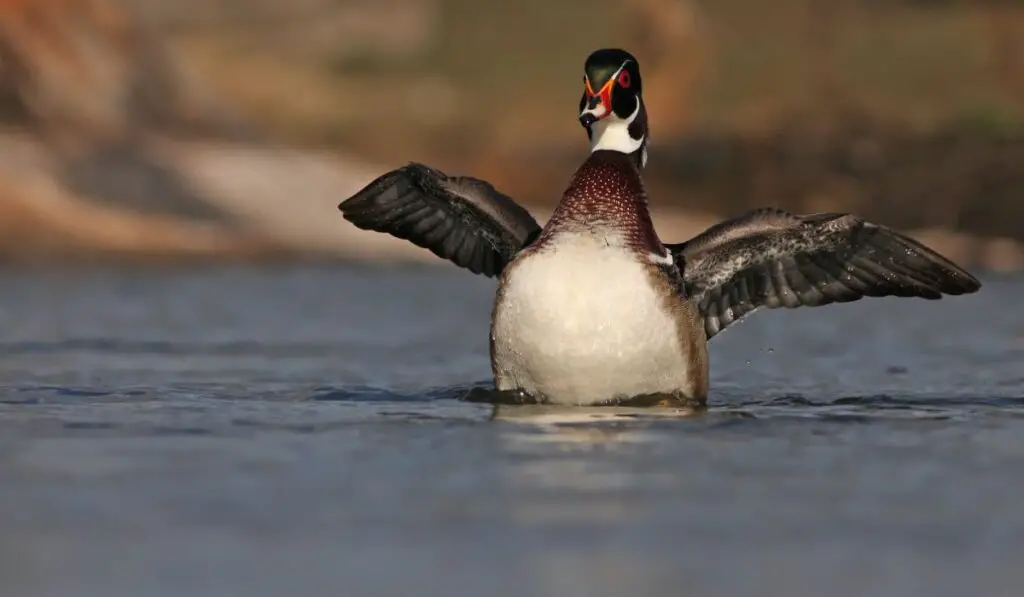
The Wood Duck is more than an average waterfowl. They are a masterpiece of nature’s artistry.
Let’s see what are the differences between the male and female wood duck breeds –
Male Wood Ducks
The male Wood Duck is a stunning display of colors and patterns. His feathers shine with chestnut, green, and white stripes.
You can see the head has a bright green crest. It stands out against his chestnut face. Just along with a white throat patch for contrast!
His body has detailed designs. You’ll see –
- White stripes on the neck
- Bold black lines on the sides, and
- Wavy patterns on the back
Also, when he flies, you can see bright blue patches on his wings.
Female Wood Ducks
The female Wood Duck isn’t as flashy but has her own elegance. She’s mostly brown, blending well with the surroundings.
Her head has a white eye ring. It’s what makes her distinctive among other ducks.
She doesn’t have the fancy crest or vibrant colors like the male.
Shared Traits
Both male and female Wood Ducks have striking red eyes. It adds intensity to their look.
Their bills are short and pointed. It’s perfect for finding food in shallow water.
Both of them are small and agile. So, it makes everything easy for them to move through thick plants.
See a video of this beautiful duck breed.
The Personality of the Wood Duck
Wood Duck’s beautiful feathers catch our eye. But their personality has some special traits worth exploring:
Shy and Cautious
Wood Ducks prefer quiet places in the woods. They get scared easily by loud noises or sudden movements. They’re good at hiding in bushes or flying away fast when they’re spooked.
Tree Climbers
What’s really cool about them is they can climb trees! Most ducks can’t do that, but Wood Ducks have sharp claws and strong legs that help them climb. With that, they also move around in trees.
Adaptable and Smart
Even though they’re shy, the Wood Ducks are smart enough. They make nests in tree holes. They even use special boxes people put up for them.
If you ask, what do Wood Ducks eat? They eat different things like –
- Acorns
- Plants
- Bugs, and
- Small fish, depending on what’s available.
Family Protector
During the breeding season, Wood Ducks stick together as a family. They stay loyal to their partners for a long time and take care of their babies.
They pick out nest spots together and both help raise the ducklings.
Related Articles:
- Dutch Hookbill: A Duck With Downward Beaks!
- About Marbled Duck: Are They Friendly Enough
- Physical Appearance Of Tufted Duck
Reproduction And Breeding Of the Wood Duck Breed

Forget boring pond nests! Wood duck’s breeding style is something you must know. Let’s share how they breed!
When does Wood Duck start their breeding session? Wood Ducks typically begin their breeding season in late winter or early spring. But it depends on their location. The exact timing can vary, but it usually falls between January and March.
How long does it take for a Wood Duck to hatch from an egg? The incubation period for Wood Duck eggs is 25-35 days.
How To Breed Wood Duck Breed? Breeding wild birds without a proper license and expertise is not recommended. Here are some alternative ways to enjoy Wood Ducks.
You can attract them to your backyard. But how do you attract Wood Ducks to my backyard?
- Install nesting boxes suitable for Wood Ducks near ponds or waterways.
- Ensure the boxes are in safe locations away from predators.
You can donate to organizations dedicated to protecting wetlands and wildlife like Wood Ducks.
How Many Eggs Does the Wood Duck Breed Lay? A female Wood Duck can lay anywhere from 8 to 15 eggs in a single clutch. Some females may even lay eggs in the nests of other Wood Ducks.
Which Color Eggs Do Wood Duck Breed Lay? Wood Duck eggs are a creamy white or pale buff color with a smooth texture. They are slightly smaller than mallard eggs. It can be about 2 inches long.
So, how does Wood Ducks Breed? Their way of breeding is not entirely different. Here’s how they breed –
Step 1: Courtship & Pair Bonding
- They choose late winter or early spring (Jan-Mar)
- Males show off their colorful feathers and perform head bobs, whistles, and wing displays to attract females.
- Strong bonds are formed, lasting beyond just one breeding season.
Step 2: Nest Selection & Preparation
- They choose natural tree holes near water or use nest boxes.
- The female picks a safe, suitable cavity for nesting.
- She lines the cavity with her down feathers to make a cozy nest.
Step 3: Egg-Laying & Incubation
- The female lays around 8-15 eggs.
- She sits on the eggs for 25-35 days to keep them warm.
- The male defends the territory while the female incubates the eggs.
Step 4: Hatching & Duckling Care
- Ducklings bravely jump from the nest tree after hatching.
- The female leads and teaches the ducklings to find food and navigate.
- Ducklings learn to fly in about 5-6 weeks and become independent.
4 Main Purposes of Wood Duck Breed
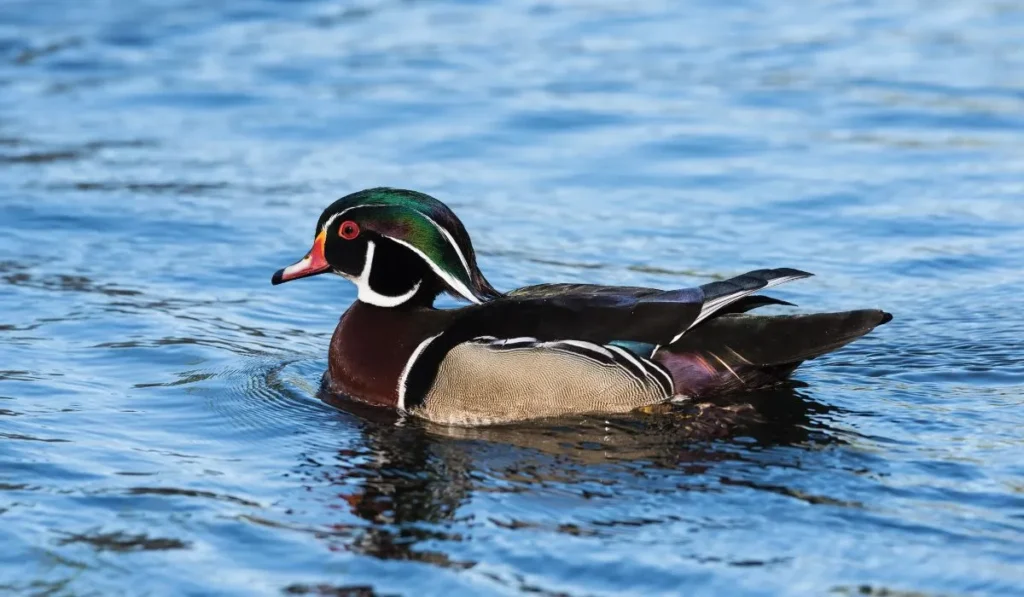
Wood ducks can be great for different purposes. Let’s see what’s much more praiseworthy fact they serve –
1. Maintaining Biodiversity
Wood Ducks help keep wetlands and nearby areas diverse. They eat insects and control fish numbers. So it balances the ecosystem.
By using both natural tree holes and human-made nest boxes, they compete with other birds. It helps maintain a healthy mix of species.
2. Supporting Plant Growth
Wood Ducks spread seeds as they move around. It’s especially acorns and water plants. This helps plants grow in forests and wetlands, which is good for many other animals.
3. Bringing Beauty and Inspiration
Wood Ducks are beautiful birds with colorful feathers and interesting behaviors. People of all ages love watching them and feeling inspired by nature.
4. Cultural Importance
In some cultures, Wood Ducks are symbols of good luck and new beginnings. This reminds people how important it is to take care of them and the places they live.
What is the Migration Pattern of the Wood Duck?

Wood Ducks have interesting migration habits different from other waterfowl.
When talking about North American Groups, some Northern Wood Ducks travel south. It’s for warmer weather along flyways like the –
- Atlantic
- Mississippi, and
- Pacific.
You may discover Southern Wood Ducks stay in the southern U.S. and parts of Mexico all year.
Migration Influences
Wood Ducks in colder areas are more likely to migrate to escape harsh winters. They migrate where there’s enough food and water for breeding.
Some migrate while others stay, even within the same group.
Special Features
Mates often meet during winter and travel together to breed in the spring. It can lead to complex migration patterns.
Wood Ducks usually travel shorter distances. It’s when compared to geese and swans, usually staying in North America.
3 Interesting Facts About Wood Ducks
Wood ducks are quite interesting. Besides being beautiful, they’ve some unique facts as well –
- Only North American member of its genus
- Males go through an “eclipse plumage” where they resemble females
- Ducklings can jump up to 50 feet from their nest tree!
FAQs
Feel free to check the related questions about the Wood Duck Breed.
Q. Is it rare to see a Wood Duck?
No, Wood Ducks are not extremely rare. They inhabit wooded wetlands and slow-moving rivers across North America.
Q. Are Wood Ducks color blind?
Wood Ducks are not color blind. No research on specific color vision. However, birds generally have good color vision. It’s even with different sensitivities than humans.
Q. Is a Wood Duck a goose?
No, Wood Ducks are not geese. They belong to the family Anatidae, which includes ducks, geese, and swans. Wood Ducks are distinct from geese in terms of size, appearance, and behavior.
Q. Are Wood Ducks good flyers?
Yes, Wood Ducks are agile and skilled flyers. They can navigate through dense vegetation, and fly swiftly. Their strong wings allow them to travel between nesting sites and foraging areas.
Q. How fast is a Wood Duck?
Wood Ducks can reach speeds of up to 40 miles per hour during flight.
Summarization
The Wood Duck Breed is a special bird that brings color and excitement to nature. They have bright feathers and can climb trees, making them unique. The breed helps keep nature balanced by supporting plant growth and adding variety to ecosystems. It’s important to protect where they live so they can stay safe.
By learning more about them and how they live, we can make sure they’re around for a long time. Let’s work together to take care of Wood Ducks rather than hunting them.

